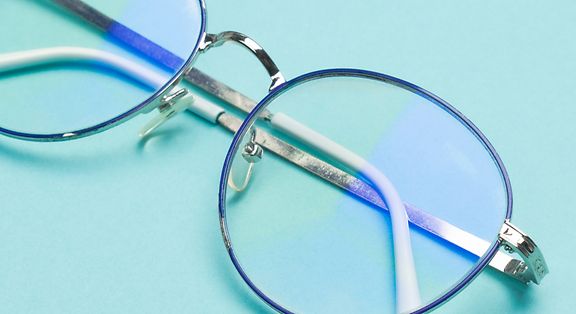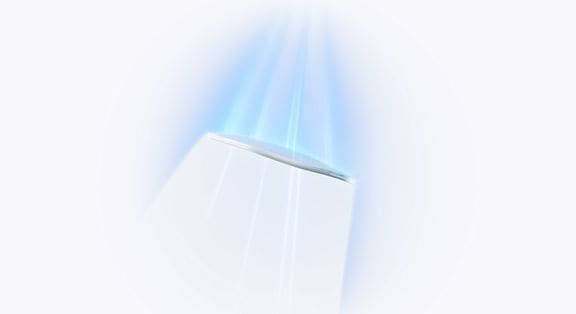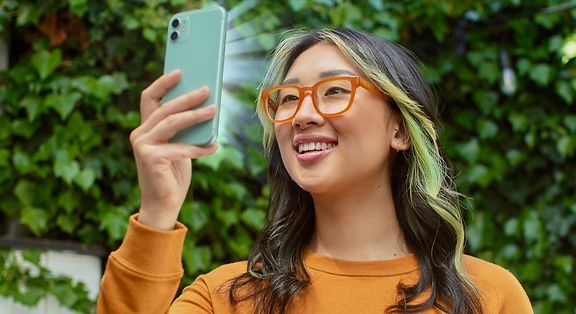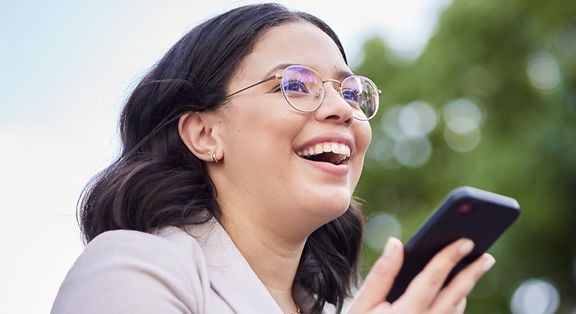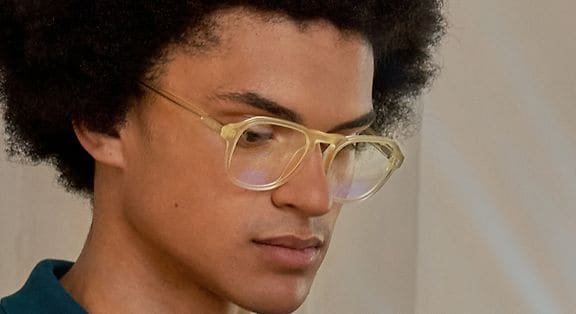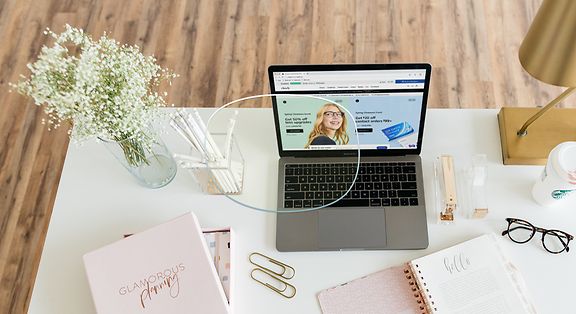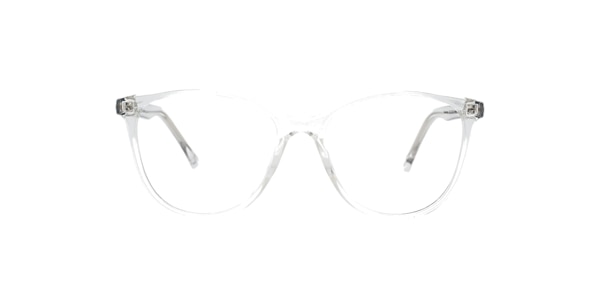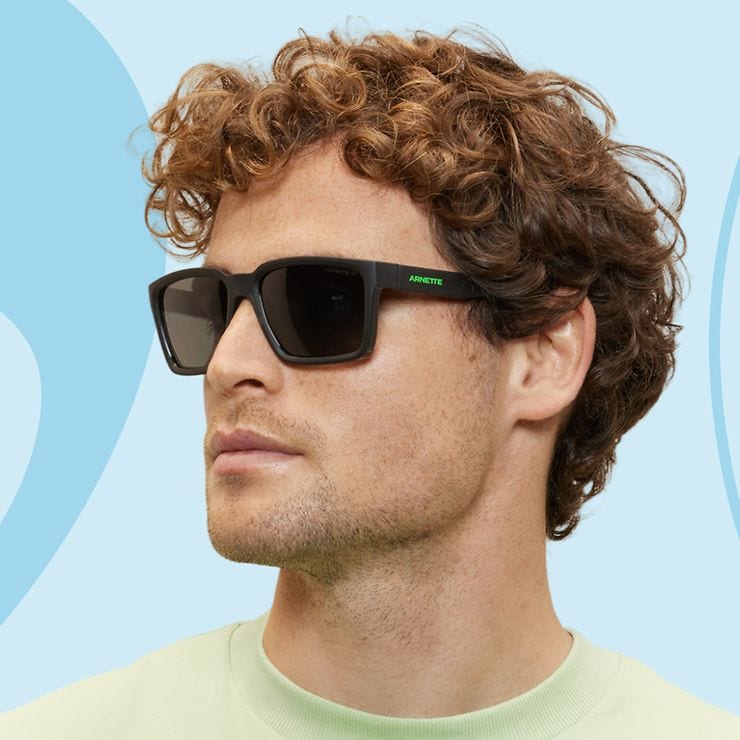Free shipping on all contacts orders and on glasses orders $99+
What is blue-violet light?
The sun is the main source of blue-violet light (and also exposes us to UV light). Artificial light sources, such as digital screens and LED lights, also emit blue-violet light.

